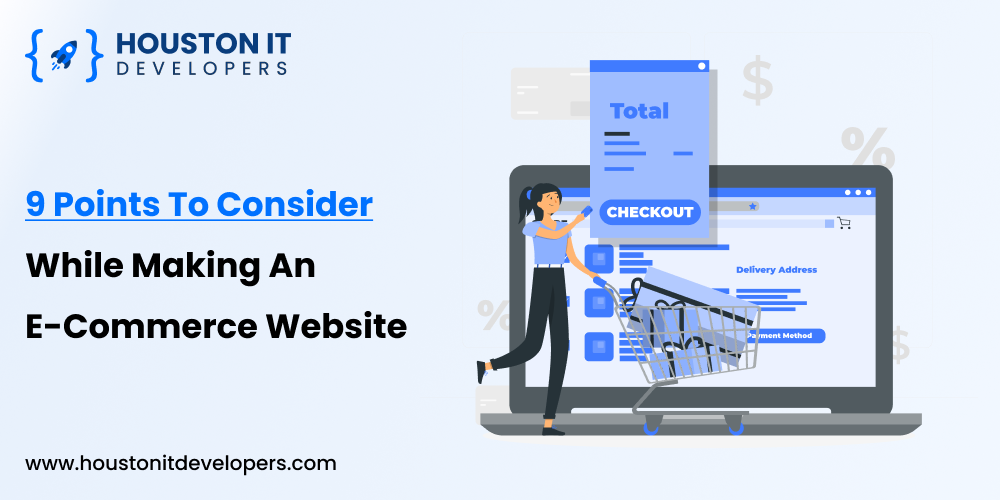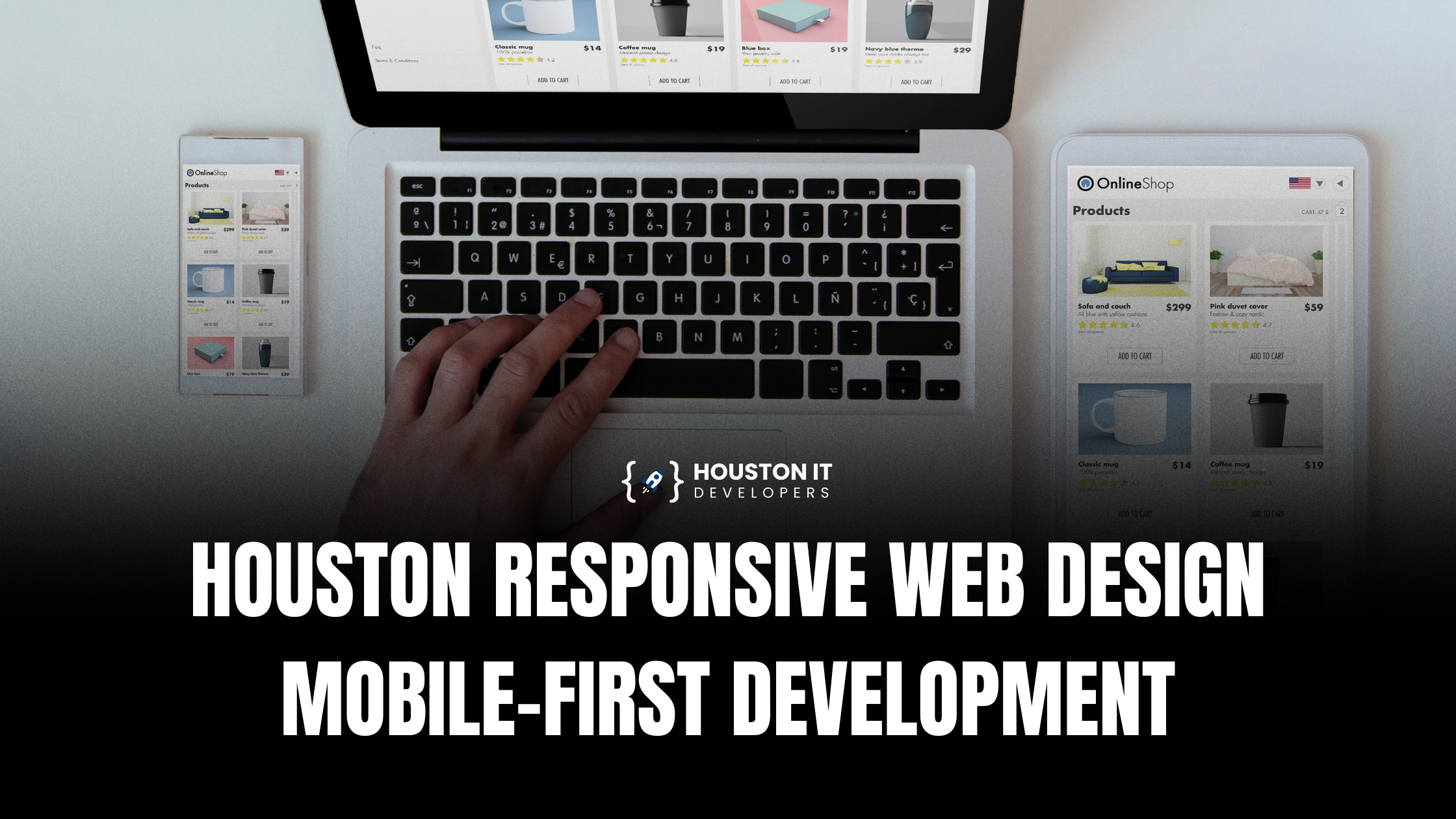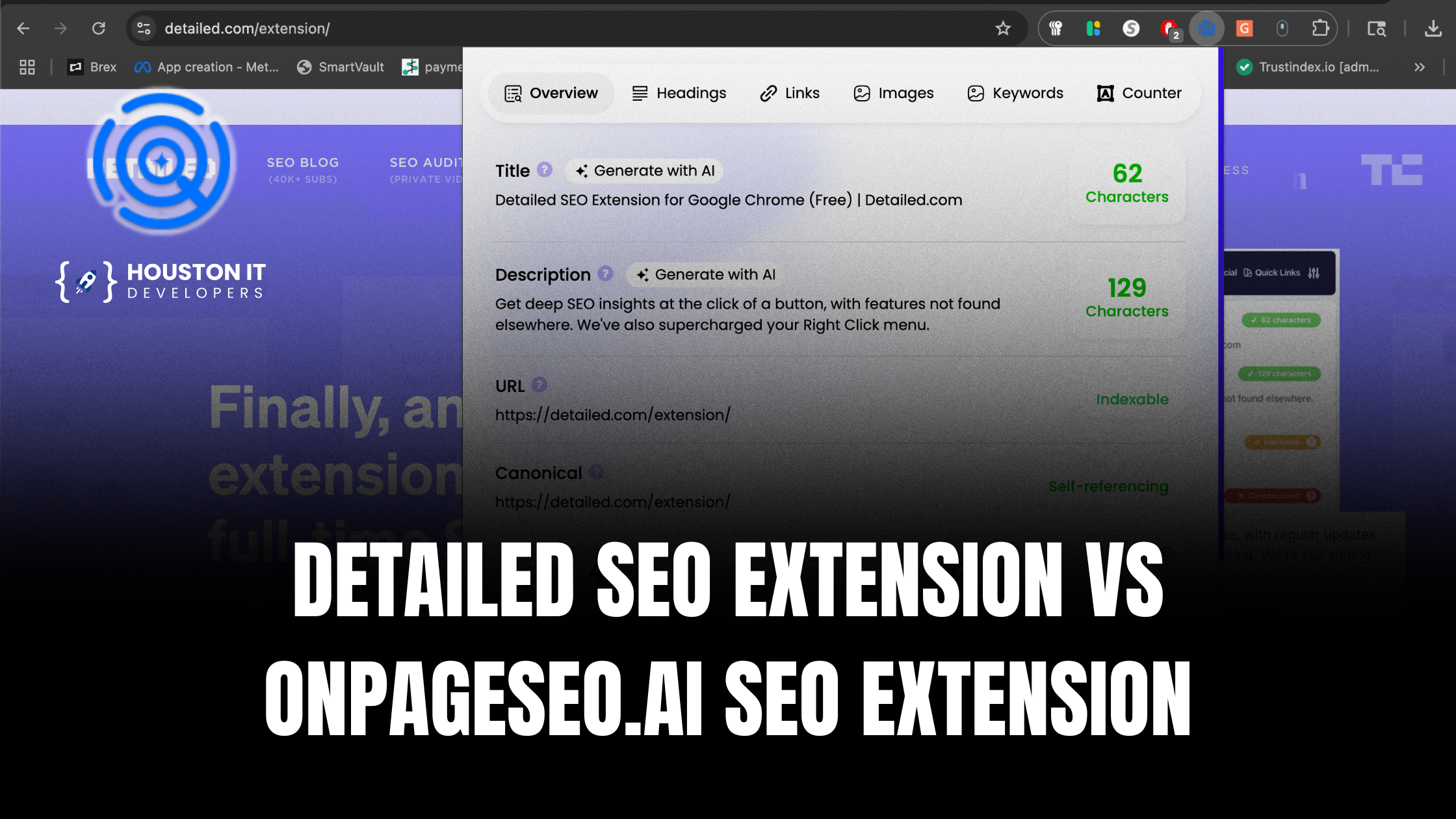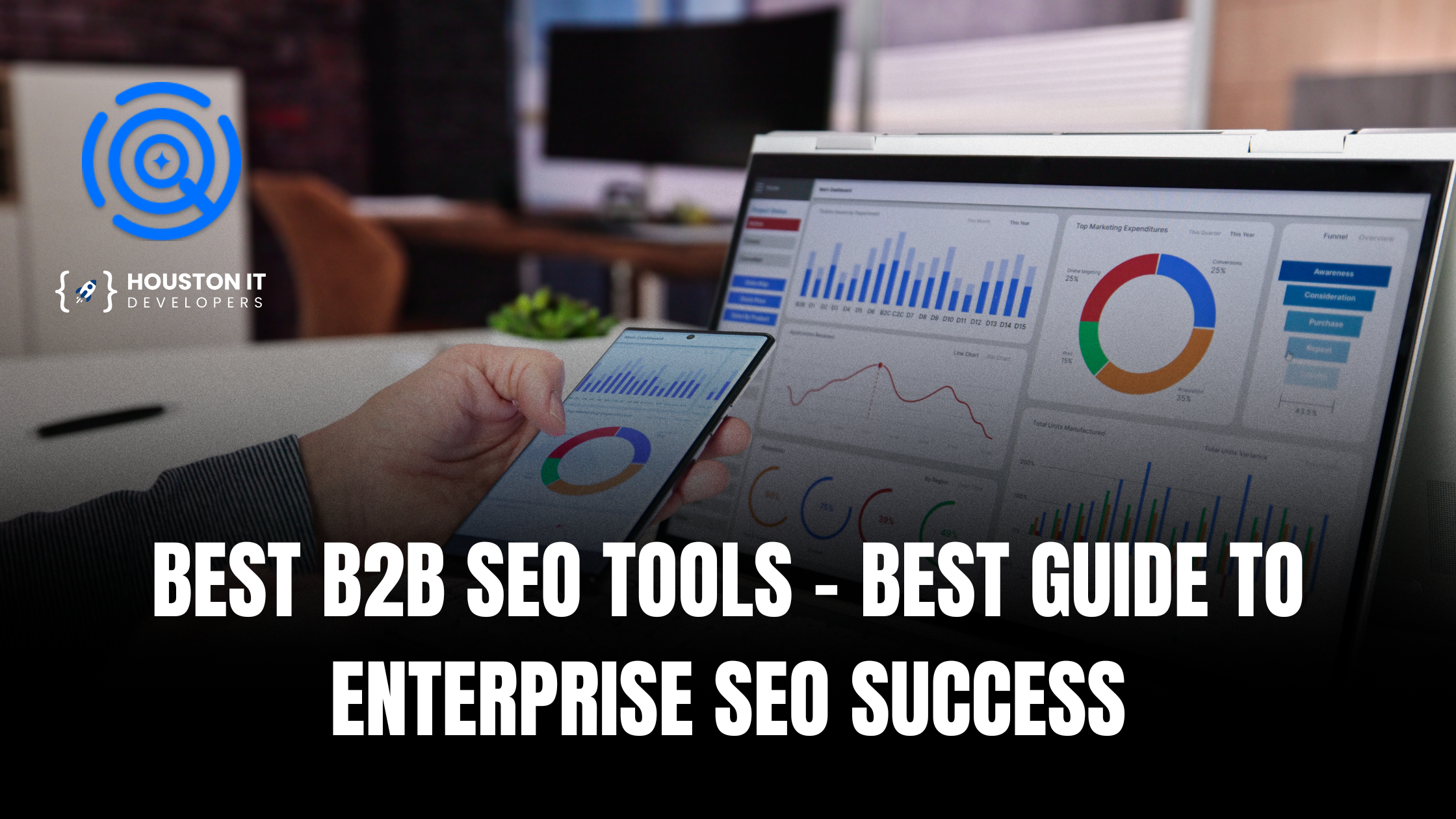How do you know where to begin, whether you’re starting an online shop as a side hustle or as part of a larger business expansion strategy? We’ve come to bring you the good news! To open your profitable internet store, you don’t need a lot of money, time, or even technological experience. Prepare yourself because we’ll teach you just how to accomplish it.
Here are the steps to create an eCommerce website from the ground up (along with some advice on the best eCommerce marketing strategies to help you get started)
1) What to sell?
If starting your online store has been on your to-do list for a while, you’ve most likely already thought about what things you’d like to sell. It could be something you handmade or something you buy in bulk from a wholesaler and resell at a higher price point. It is always the first step in hiring a lucrative eCommerce development services provider, regardless of the products you choose to sell.
The next stage is to research your product concept to determine that it is viable. Is this product already on the market? Is there a lot of competition out there? Is the market already too crowded, trendy, or competitive? Are you in a position to compete on price?
Analyzing what other eCommerce sites are selling is an excellent method to come up with ideas for profitable things to sell. Look through best-selling and trending items to uncover stuff that people are already buying. While you’re about it, look over the things that aren’t on the best-sellers list to see which ones you should leave off your shopping list. Some of the greatest locations to look for this information are big eCommerce sites like:
- Bestsellers on Amazon
- New and Interesting Discoveries on Amazon
- On eBay, see what’s hot.
- New Products from Alibaba
Next, look for sites that feature hobbies, trends, and popular viewpoints in online groups. This type of information can be found on Facebook pages, trending websites, and online communities.
2) Pricing
Pricing is crucial to your eCommerce website’s success, but it can also be one of the most difficult components of the process for business owners.
You risk losing money or barely breaking even if you set your price point too low. It means that all of your hard work, time, and effort went to waste when it came to building your online business. On the other hand, if your pricing is excessively high, you may not get as many sales and lose money in the long run.
It is critical to assess and analyze all of your business costs to properly price your products. When conducting a cost analysis, keep the following points in mind:
- The total cost of the materials used to create your goods.
- Your eCommerce site’s web hosting (Self Hosted, Shopify, etc.).
- Taxes.
- Dispatch (including packaging and delivery).
- Payment processing firms (PayPal, Stripe, Square, and others) will take a portion of the total.
- Expenses for further marketing and advertising (Product photography, advertising, influencer marketing).
- Calculate how much profit you’d like to make and how much money you’d like to take home at the end of the day.
Insider Tip: Check out your competitors’ websites to discover what they charge for similar things. The prices you charge should be comparable to those of your immediate competitors.
3) Your eCommerce website
When it comes to beginning an online eCommerce firm, you have two options. The first option is to sell your items on a marketplace like Etsy, Amazon, or eBay. The other alternative is to create your eCommerce website by hiring the best eCommerce website design and development services.
Anyone may list their products, set prices, and add a shopping cart to their website using eCommerce software. The program streamlines the process for you while ensuring a positive customer experience. It frees up your time and efforts to concentrate on selling.
4) Domain name
It is the portion where you can be a little more creative, a little more original, and set the tone for the brand you’re creating. Consider what your consumers will tell their friends and family about the amazing new things they just purchased. Make a list of different words and phrases you’d like to utilize or be connected with your company. It could be meaningful to you personally or reflect the things you’re offering.
Make sure to investigate your business names and avoid anything that has already been trademarked or copyrighted by another company. Be careful to double-check the availability of the domain name and any social media usernames you intend to use.
5) Structure
Consider the structure of your website. Create the pages you’ll need and begin crafting the material that will persuade potential buyers to become satisfied customers. Users will be able to locate what they’re looking for and know exactly what they’re buying thanks to item descriptions, product images, and keywords. Using an eCommerce platform and one of their pre-made themes will assist, speed up and simplify the process. If you go for a customized website, then ask your web development services provider to make a structure for you.
You’ll want to give your website some depth in addition to including all of the things you wish to offer. The following pages should be included in your eCommerce website construction and planning:
- Weekly bargains and sale items might be shown on the front page. Tell them about your brand and give a quick description of what you do on the about page.
- A page for contact or customer service: Ascertain that your consumers may readily contact you.
- Having a blog: This is a fantastic place to share updates, products, industry news, and useful information.
You should also consider the many components of your site’s theme, as well as the various apps and plugin alternatives for your eCommerce website, Google Analytics, and other tracking pixels.
As you go through the process of setting up your site from beginning to end, remember to follow these simple steps.
- Choose an eCommerce theme or template.
- Make your eCommerce website unique by using your company’s colors, photos, and fonts.
- Add your products to the list. (Shopify Pro Tip: Import listings from Oberlo.) Include images and videos if possible.
- Measurements and descriptions
- Color and size variations are examples of variations.
- Keywords
- Products from the same category
- Prices
- Customer testimonials, images, and so on.
6) Payment gateway
Customers must be able to make payments for an online store to be successful. More precisely, you must be able to accept credit card payments, which can be accomplished through the use of a merchant account.
When determining which company to use in this procedure, there are numerous options to consider. Some eCommerce platforms already have this feature built-in, making setup simple and quick. Look into which solution is best for you and your company. Many internet business owners use payment processing services such as PayPal, Stripe, Square, Chase, BluePay, or PaySimple.
7) Back up
Ensure that you back up your site regularly and use a regular site backup service while creating it so that your hard work may be restored if there is ever an issue with your website or service provider.
You’ll also want to make sure you have an SSL certificate installed. When you perform your online shopping, you’ll notice a recognizable green lock next to URLs thanks to these certificates. It protects your customers’ personal information and provides them confidence that they are shopping on a trustworthy website.
Wise customers know not to give up their personal financial information to just anyone. When someone purchases on your site, an SSL certificate encrypts the critical information that is transferred. It prevents hackers from collecting credit card information and assures that you’re doing your part to protect yourself and your clients from thieves.
8) Web testing
Web testing techniques and expertise in your eCommerce domain are required for effective eCommerce site testing; yet, many eCommerce systems share a basic theme and structure.
- Search Results on the Home Page
- Product Specifications
- Login Form Page and Accounts Pages
- Order Form Order Confirmation Login Form Page
Other pages on an eCommerce site may exist, but these are the ones that explain the major customer journey from beginning to end. Focus your initial round of testing on the whole buyer journey and consider the experience from the customer’s point of view.
A typical buyer’s journey begins on the homepage (or a product-specific landing page), with the search for a specific product, the review of the product, the addition of the item(s) to a shopping cart, the completion of order details such as payment and shipping information, and finally the submission of their final order.
9) Marketing strategy
It’s time to put your marketing strategy into action after your site is up. Content (inbound) marketing, social networking, and sponsored promotions are all great strategies to get people to visit your store, acquire traction, and start making sales.
It’s critical to keep the end aim in mind, whether your eCommerce website is currently constructed, in the works, or hasn’t even begun: growing revenue!
If you’re having trouble making money from your website, it’s time to execute an eCommerce conversion rate optimization strategy that will help you boost conversions and revenue right away. To learn all you need to know about implementing an efficient CRO process for your eCommerce brand.
Do you want your website?
Now when your research has been over, do you want your eCommerce store online, so that your business can bloom. You can go for customization too for your business, which the audience loves. For any of such customization services contact Houston IT Developers, their team is knowledgeable and expert in what they are doing.








